Understanding Impairment Tests in Corporate Accounting
VerifiedAdded on 2023/06/07
|5
|1261
|168
Report
AI Summary
This report delves into the crucial topic of impairment tests within corporate accounting. It explains the necessity of these tests to determine if the recoverable amount of assets exceeds their carrying amount, highlighting the resulting impairment loss. The report clarifies the complexities of determining recoverable amounts, especially for individual assets, and introduces the concept of cash generating units (CGUs). It details the disclosures required when assets are transferred between CGUs or when impairment losses are reversed. The report further outlines the process of determining the value in use, including the calculation of present value of future cash flows, and the importance of making estimations based on reliable data and assumptions. It also explains the fair value less cost of disposal, along with the two approaches for calculating present value, the traditional and cash flow approach. The report emphasizes the need for companies to estimate future cash flows efficiently and to document the assumptions made during these calculations. Finally, it underscores the importance of adapting these calculations based on changing market conditions and provides a comprehensive overview of the key elements involved in impairment testing, supported by relevant references.
1 out of 5
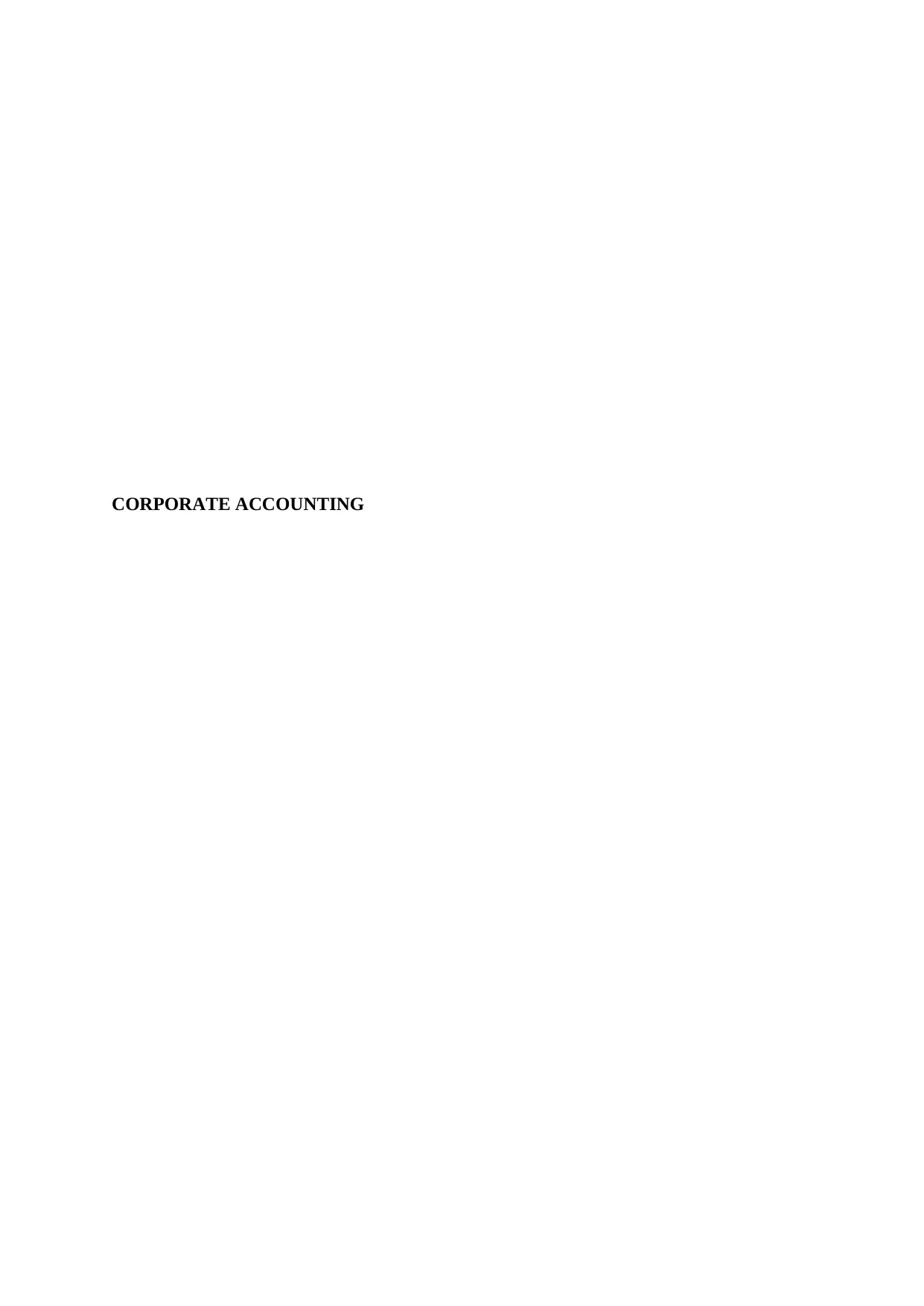
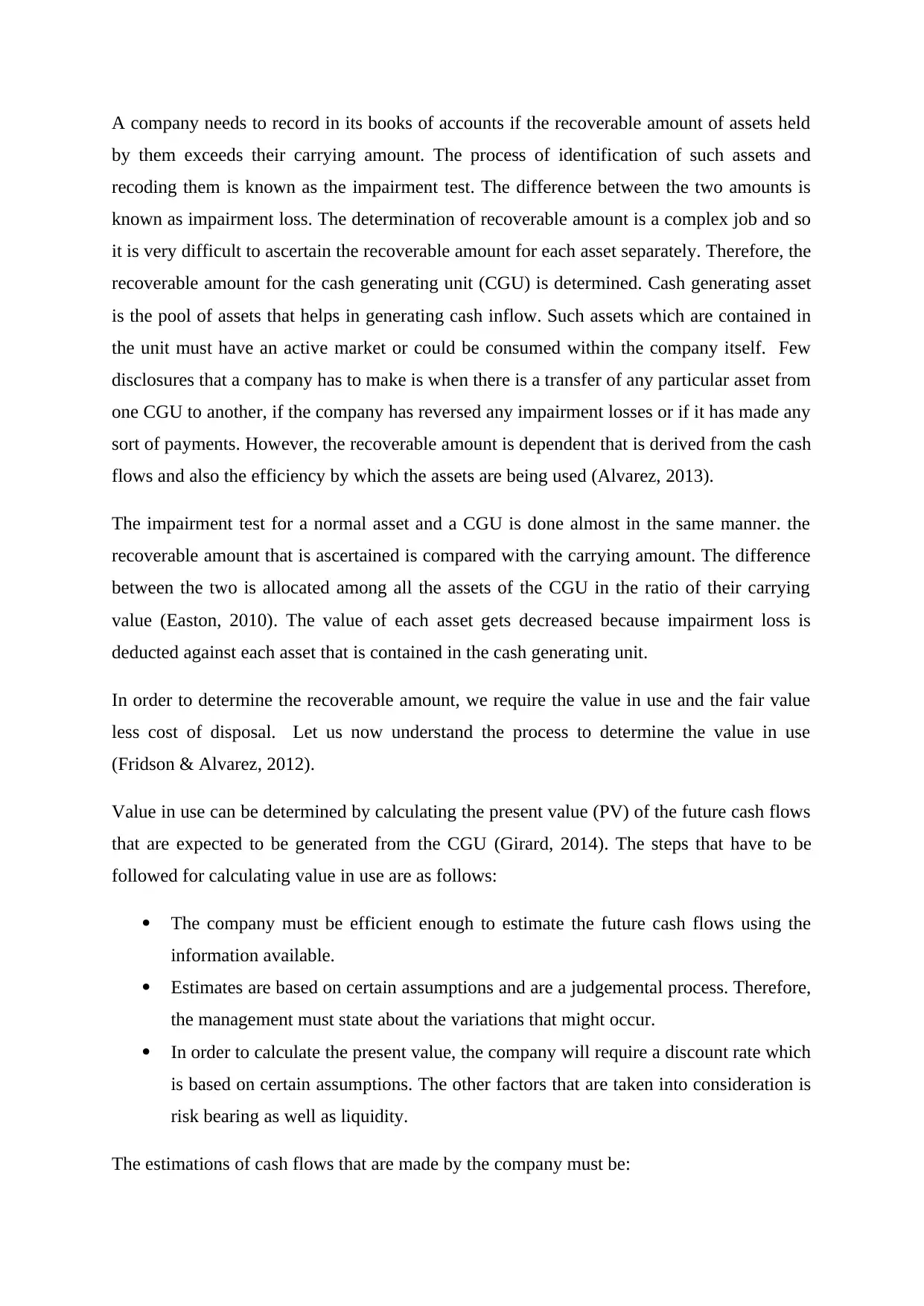
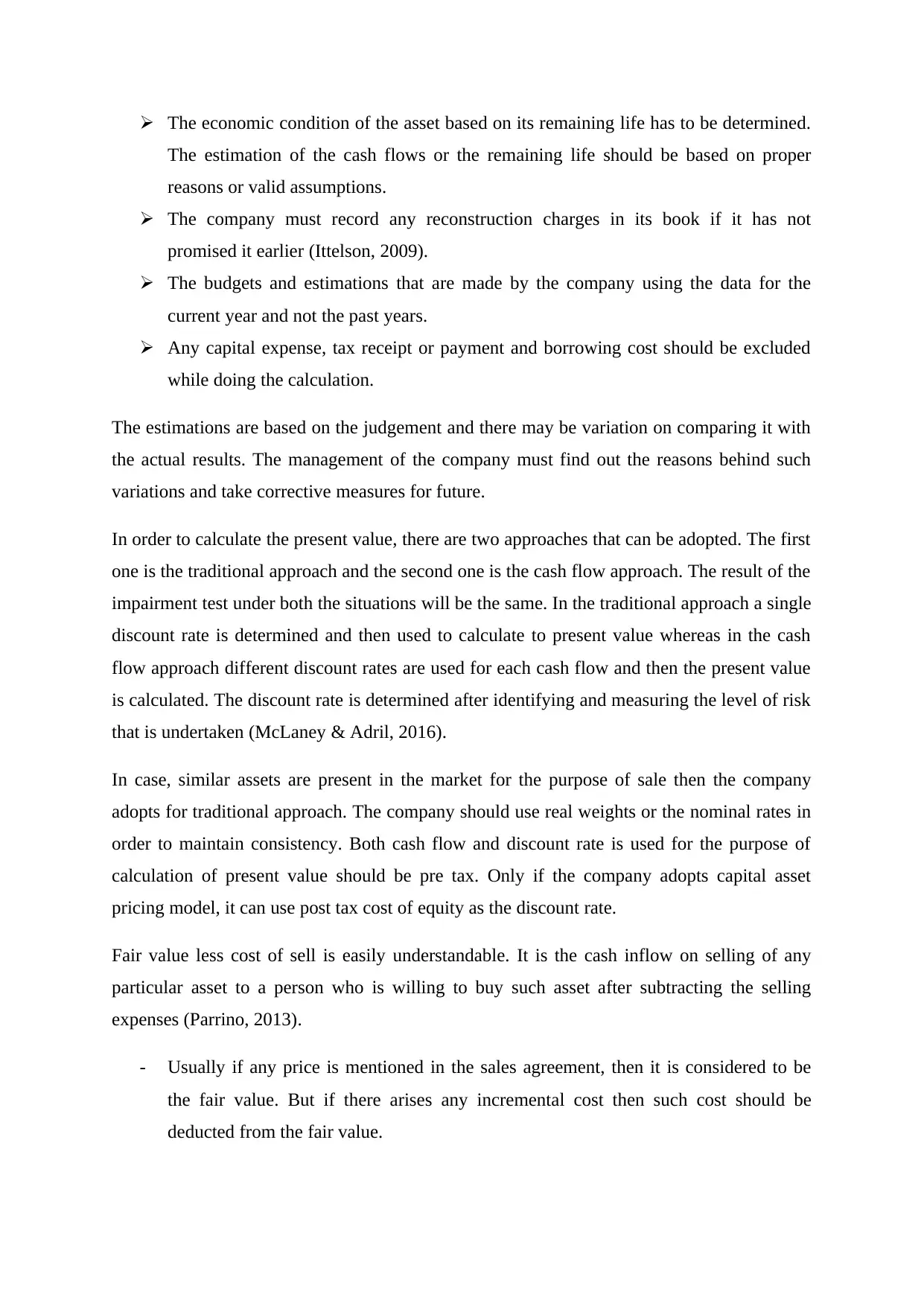

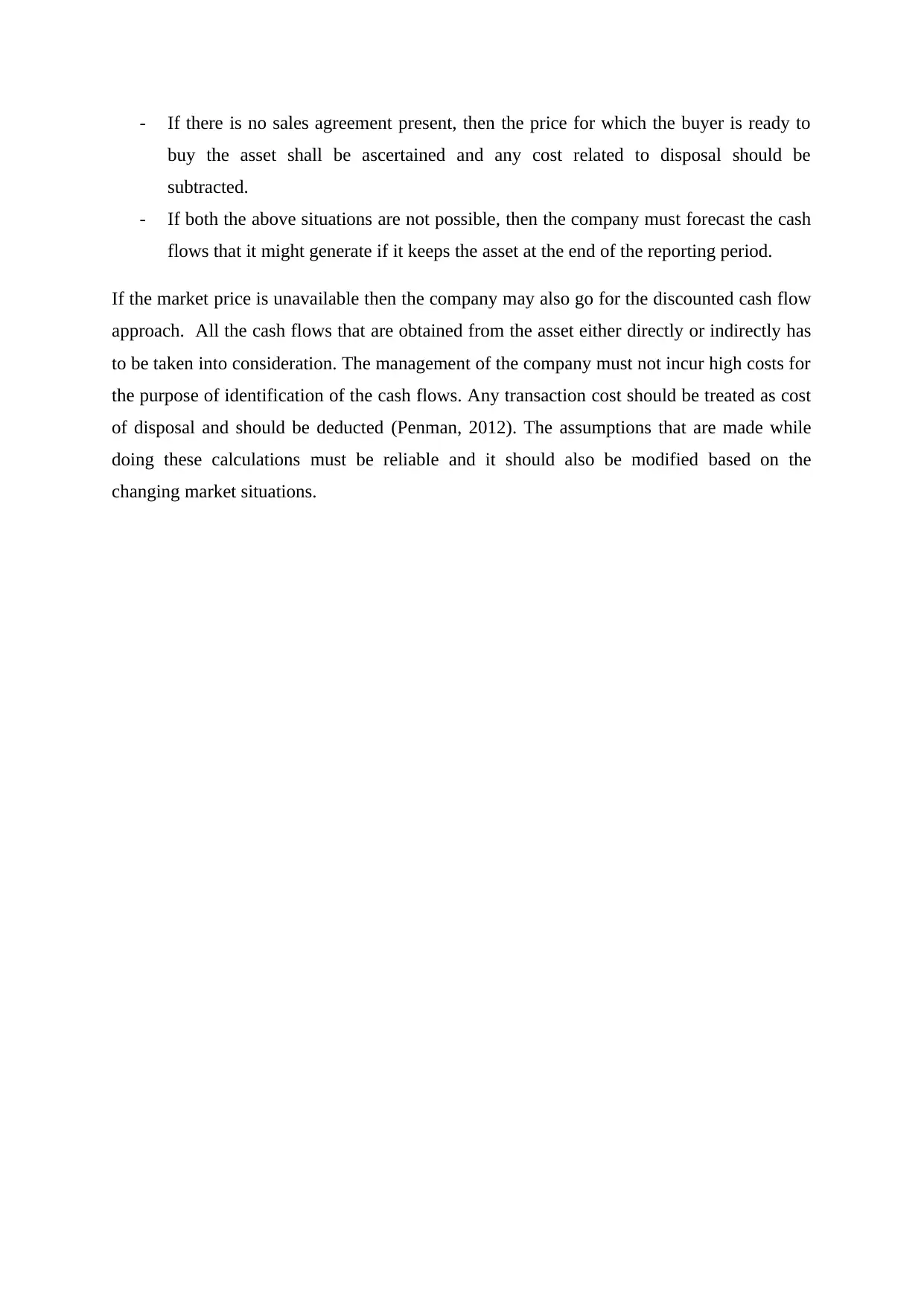
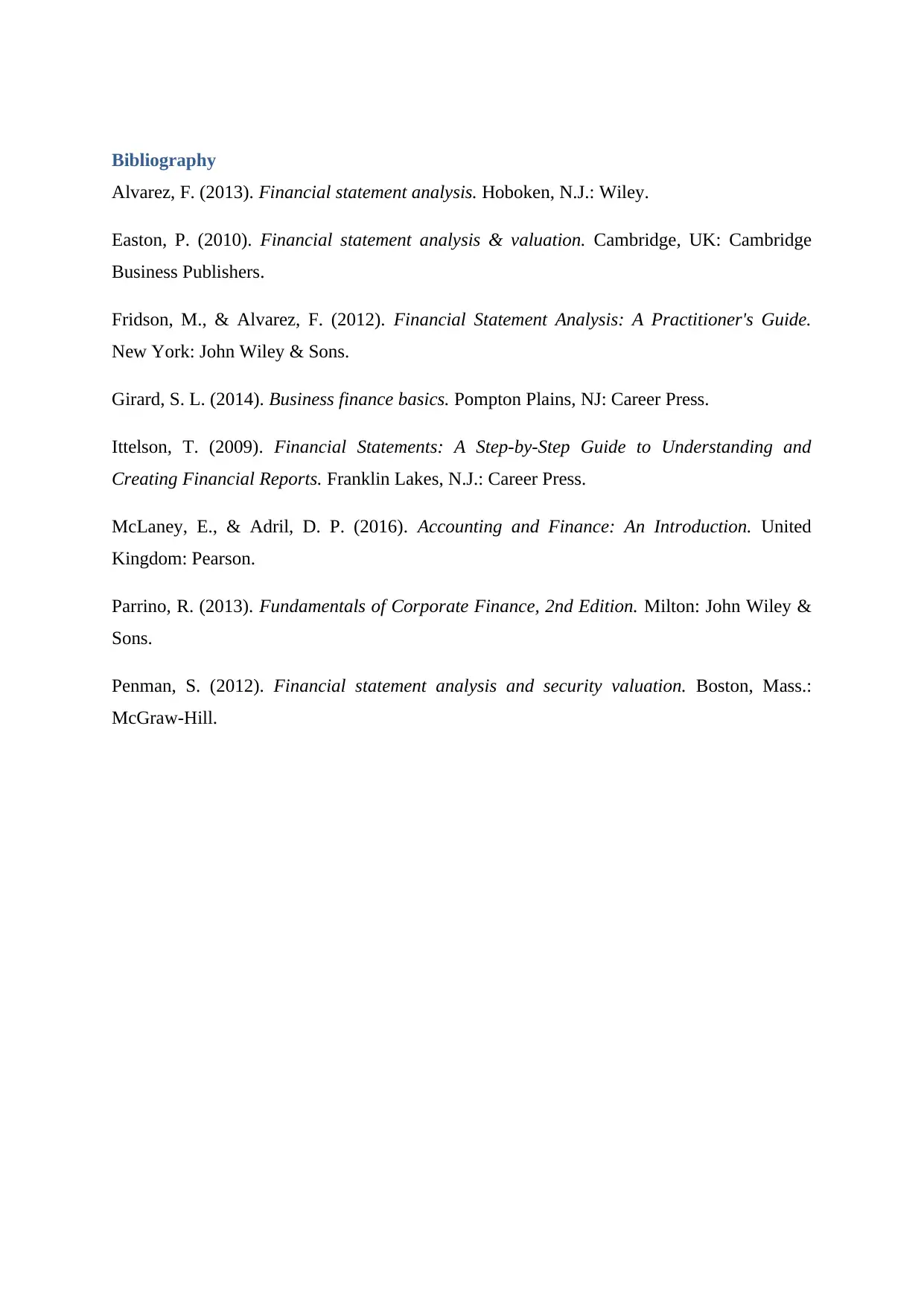





![[object Object]](/_next/static/media/star-bottom.7253800d.svg)